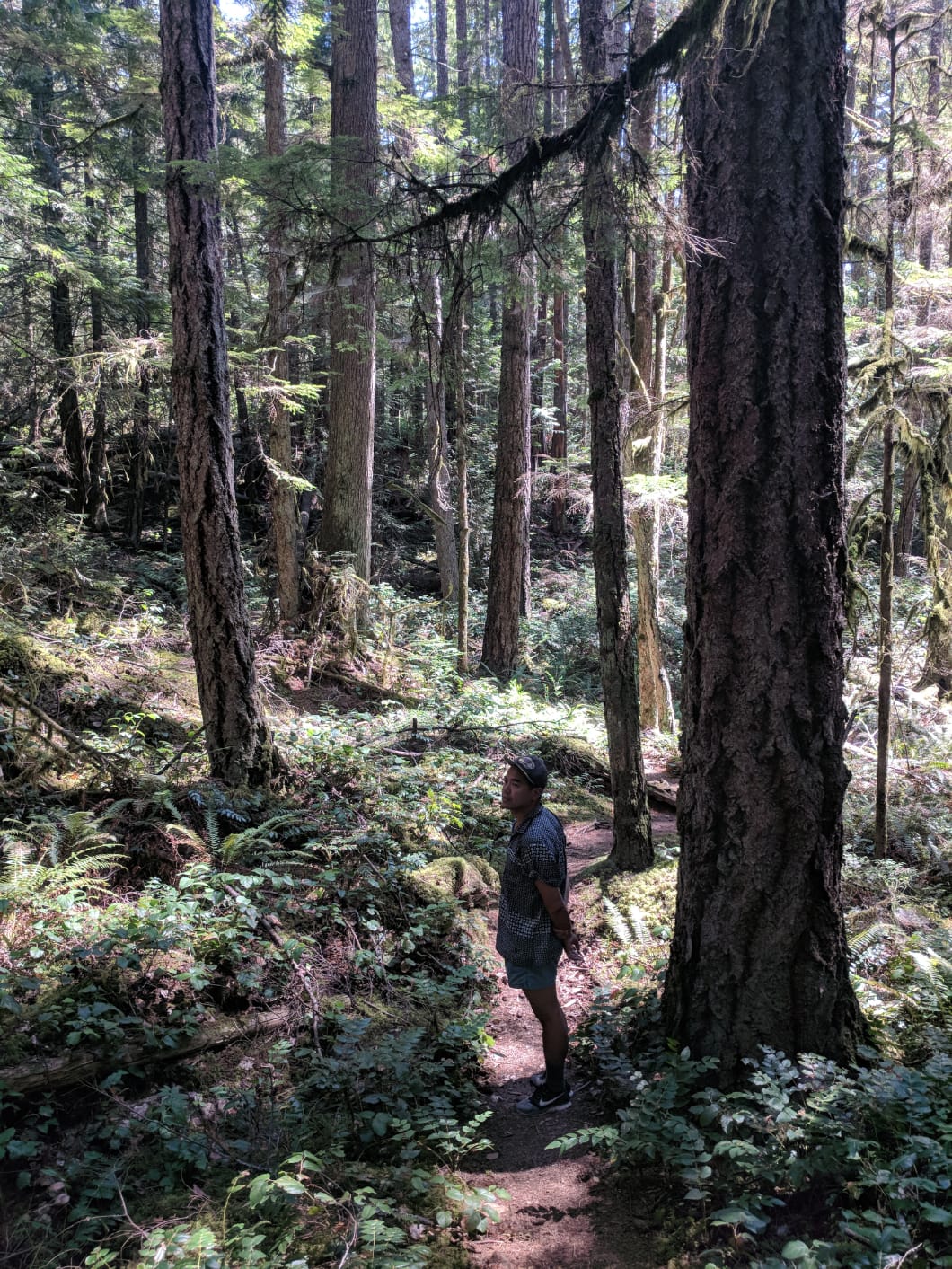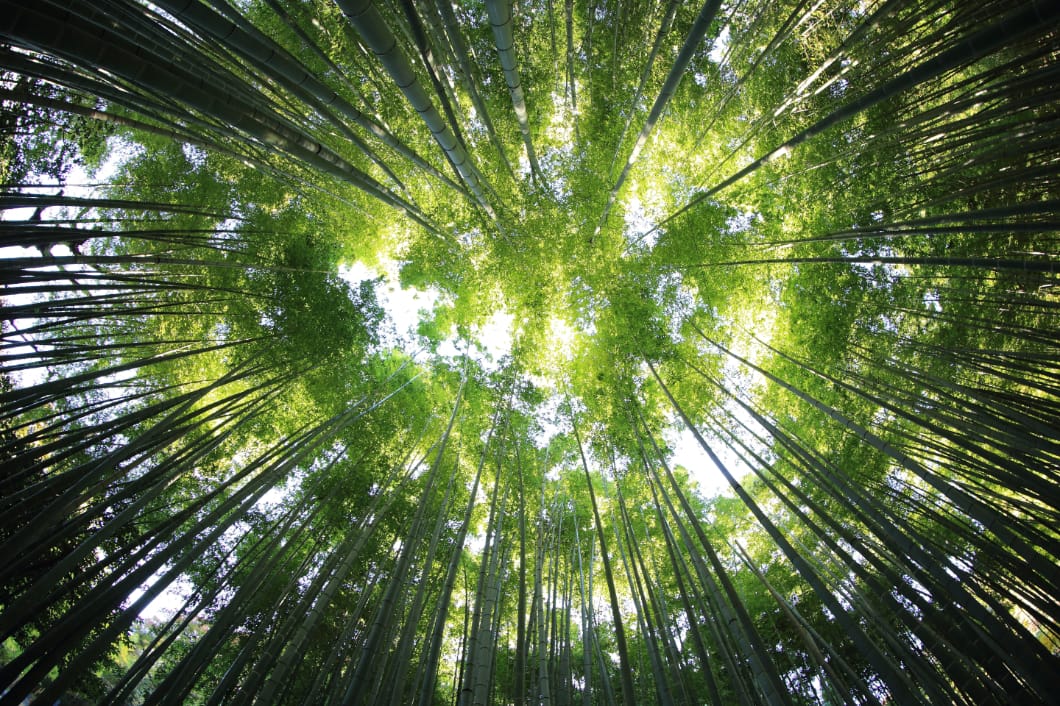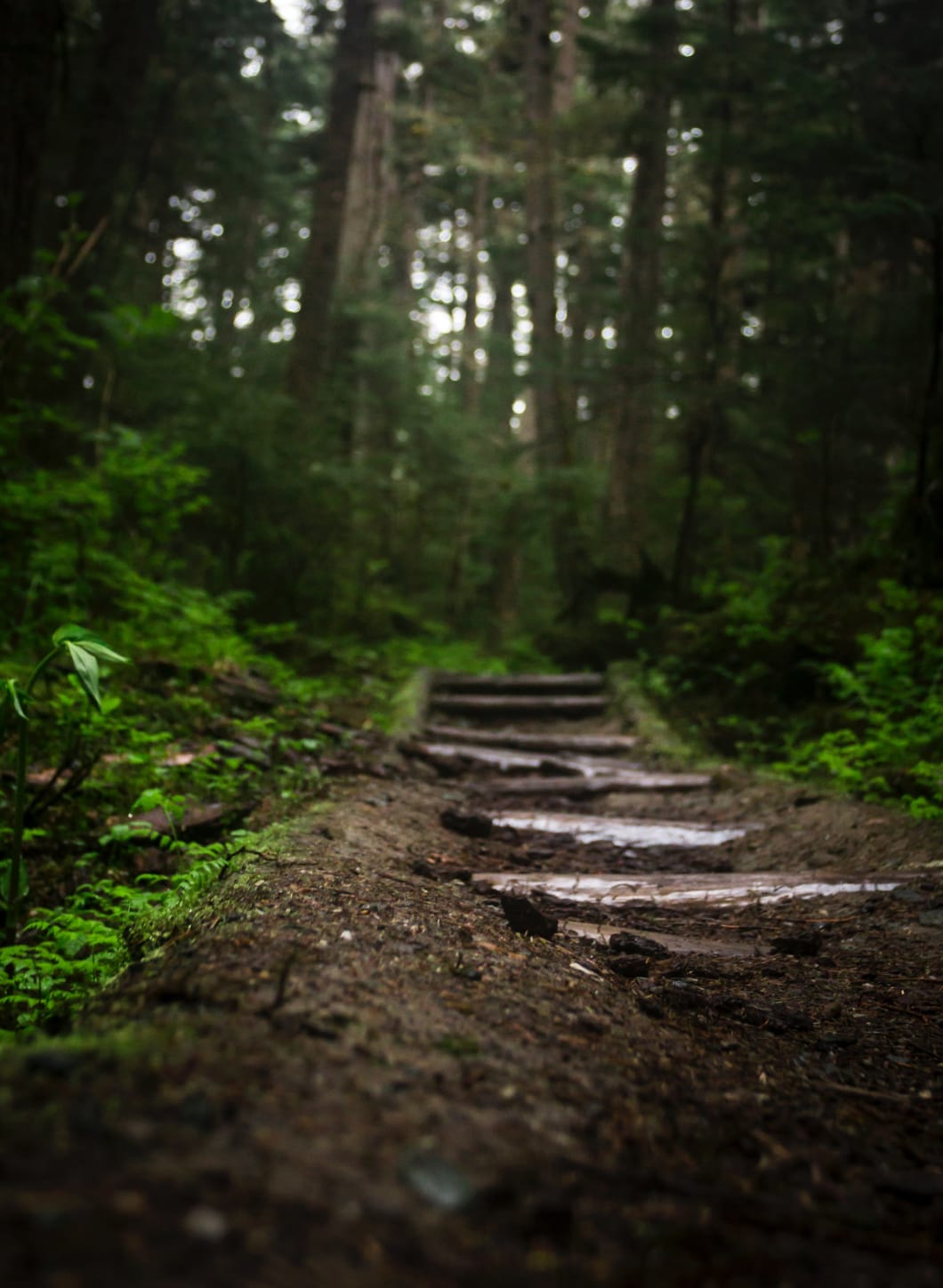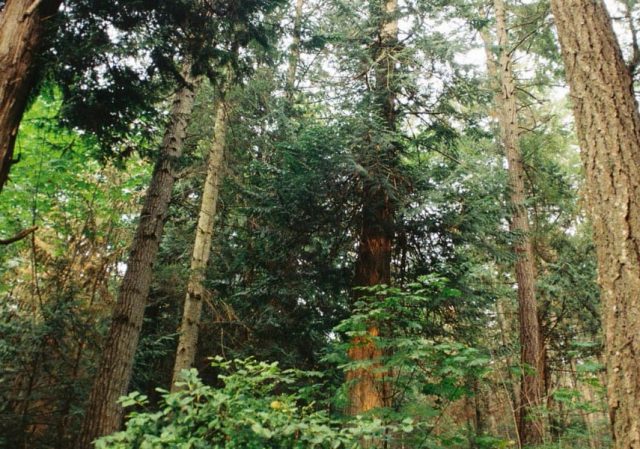Imagine for a moment you are standing within a beautiful forest setting. Your eyes are closed and the only sounds you hear are a light breeze rustling through the leaves and birds darting from branch to branch. You relax your shoulders, your breathing becomes slow and deep. This is the art of forest bathing or Shinrin-Yoku — nature therapy.

In a world that is dominated by Zoom meetings and confinement, the wellness effects of forests on human health have never been more welcomed. The term, based on an ancient Shinto and Buddhist practice, was originally coined in the 1980s by the Japanese government in response to a public health crisis of an overworked, stressed-out population. The core philosophy is simply to immerse yourself in nature by activating our five senses; seeing, hearing, touching, smelling and tasting over a period of 2-4 hours. This isn’t just a philosophical idea however, since the term was first coined, a litany of research has been published demonstrating the physiological connection to mental and physical wellbeing through immersion in forest ecosystems.
The core philosophy is simply to immerse yourself in nature by activating our five senses; seeing, hearing, touching, smelling and tasting over a period of 2-4 hours.
So what exactly happens to the body when we’re immersed in nature? Forest bathing is directly correlated with stress reduction. It reduces cortisol levels, a stress hormone released by the brain — which has effects on blood pressure, headaches, heart problems, diabetes, asthma and a multitude of other stress-related issues. Time in the forest begins to awaken the body’s parasympathetic nervous system, which prompts rest, slows down the heart rate, conserves energy and lowers cortisol levels. Seems simple, but with higher rates of our global population living in cities and the compounding impact of a global pandemic, we humans are less and less connected to nature’s green goodness.

Time in the forest begins to awaken the body’s parasympathetic nervous system, which prompts rest, slows down the heart rate, conserves energy and lowers cortisol levels.
If you are a city dweller, don’t worry, this therapeutic approach might be more accessible to you than you think. Practices in forest bathing and forest therapy have now expanded around the world. The Global Institute of Forest Therapy (GIFT) is among several organizations that provide information about the latest research, training to aspiring guides and has a special designation for anyone who would like to create a Forest Therapy Trail close to home.

The Association of Nature and Forest Therapy is another excellent resource that has this handy global search tool to help you find the nearest Forest Therapy Guide near you. Can’t find one? Then you might consider becoming a guide yourself at one of several guide programs offered from Portugal to Arizona. Or if you are interested in digging into the literature to learn more there are several excellent books to check out.
Shinrin-Yoku: The Art and Science of Forest Bathing, by Dr. Qing Li
The Secret Therapy of Tress, by Marco Mencagli
Your Guide to Forest Bathing, by M. Amos Clifford
However, you decided to explore the calming effects of forests on your physical and mental wellbeing, there is really only one important thing to remember — just breathe.





